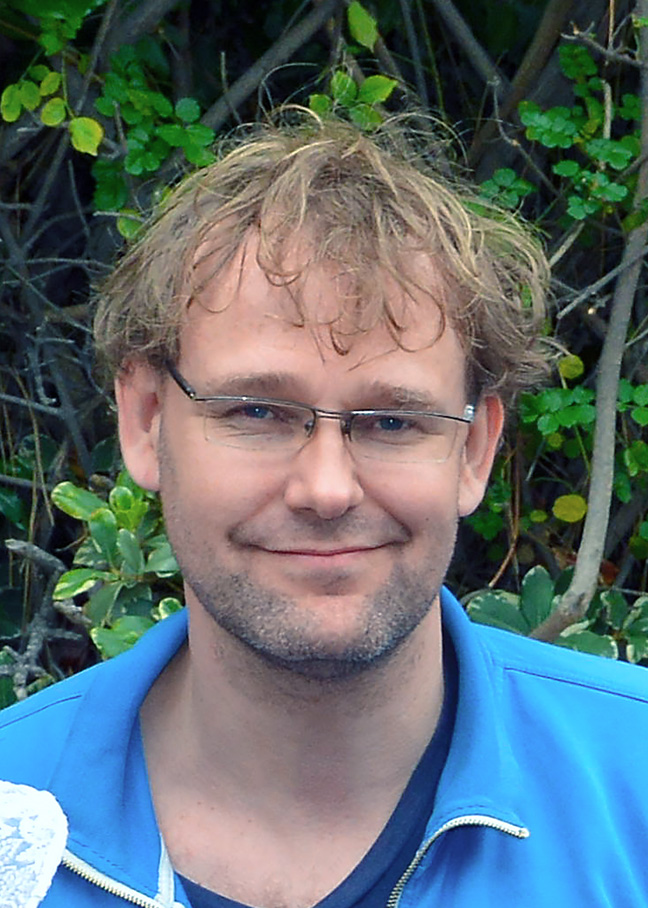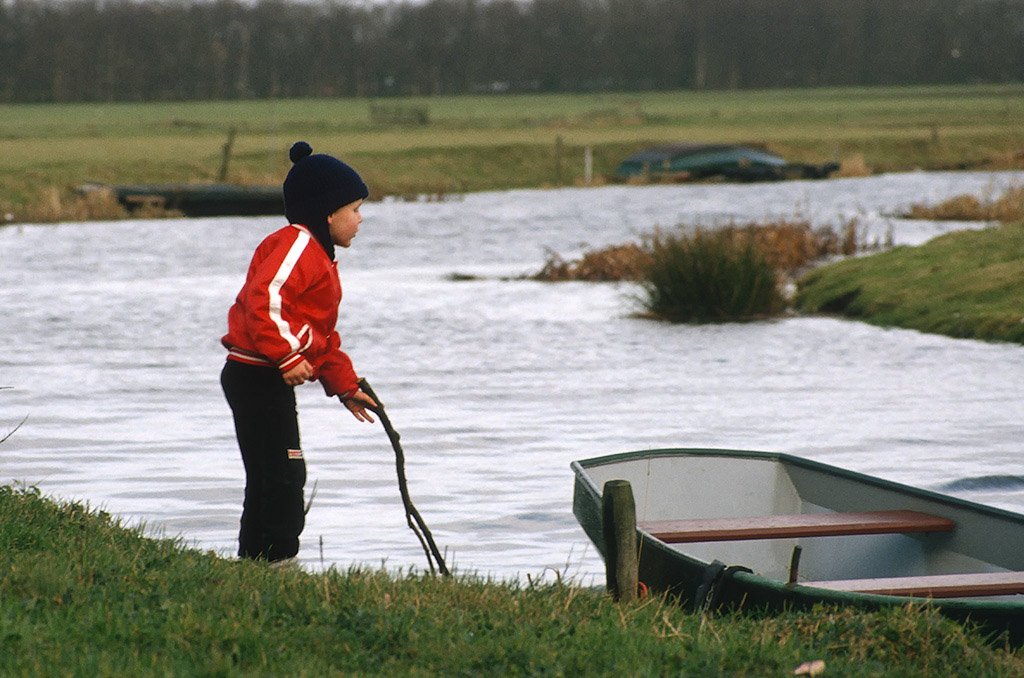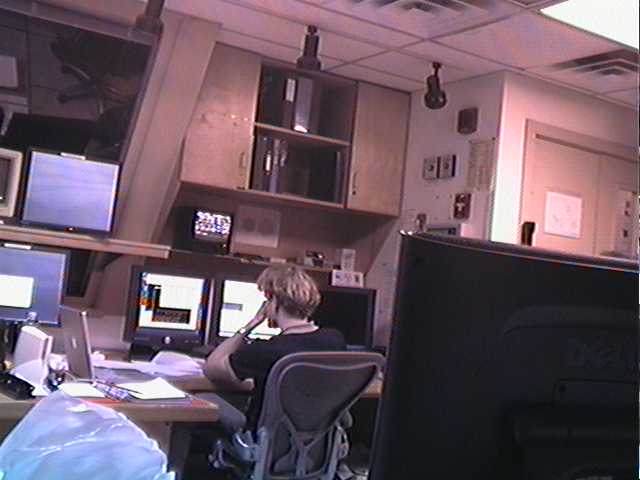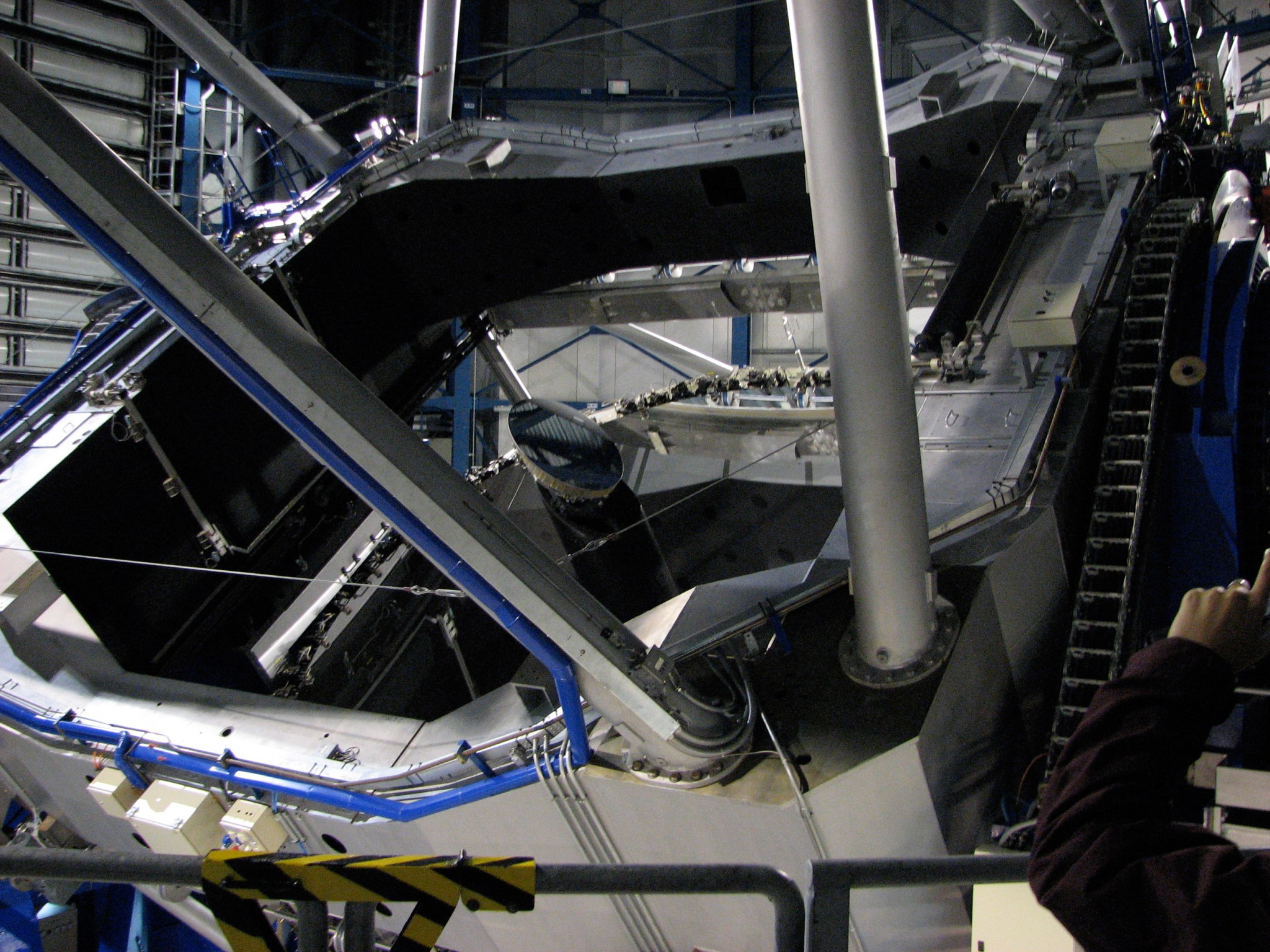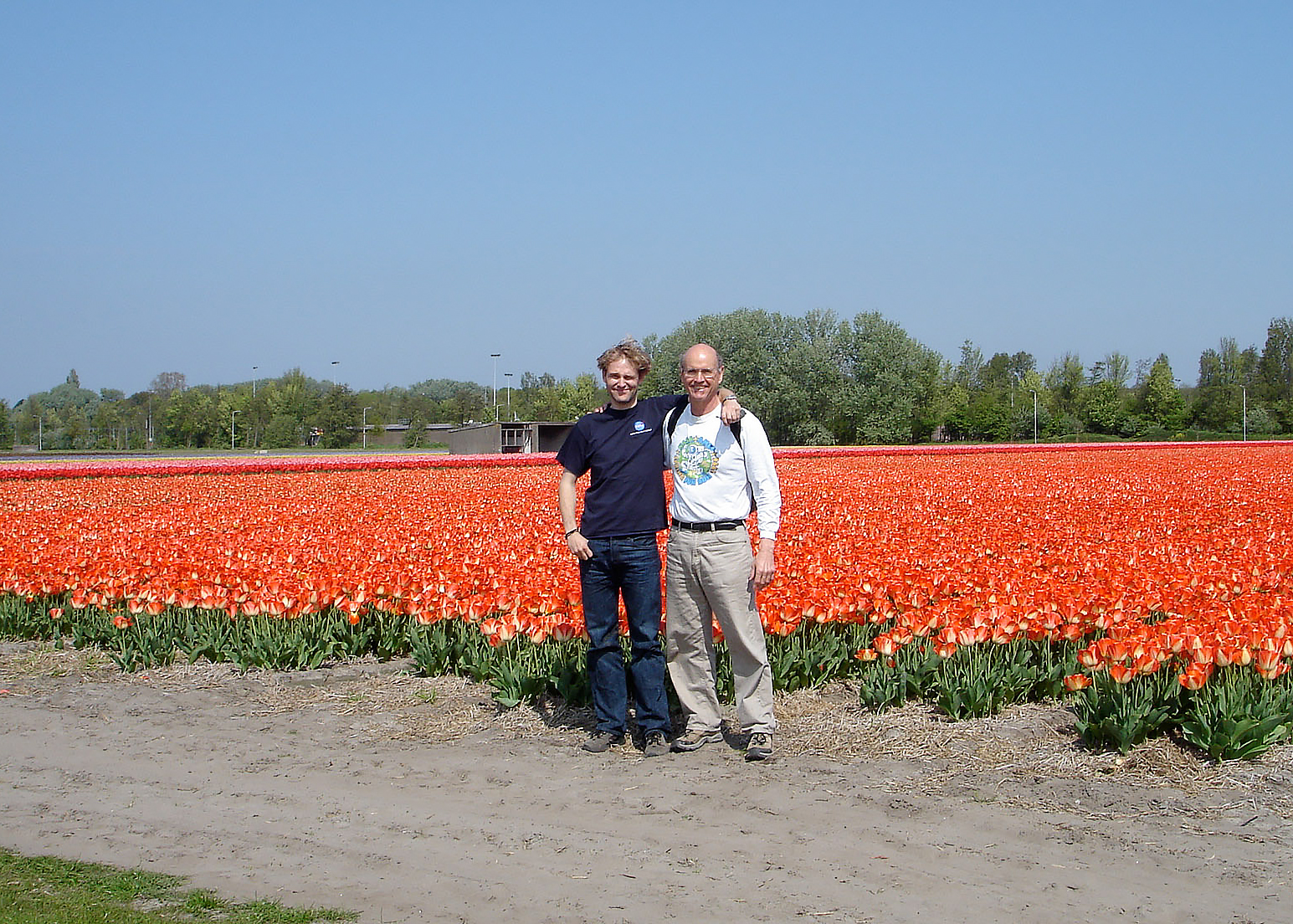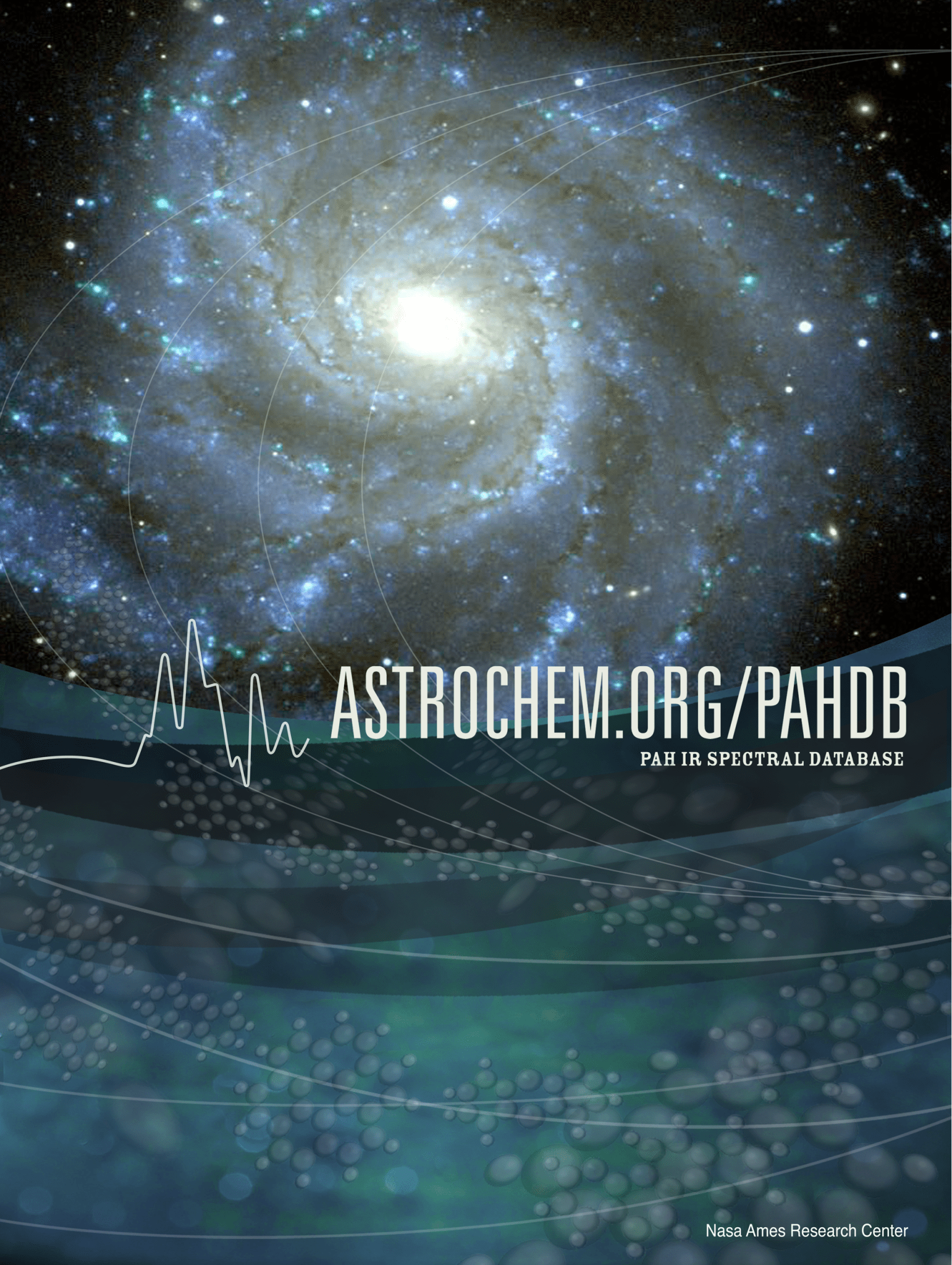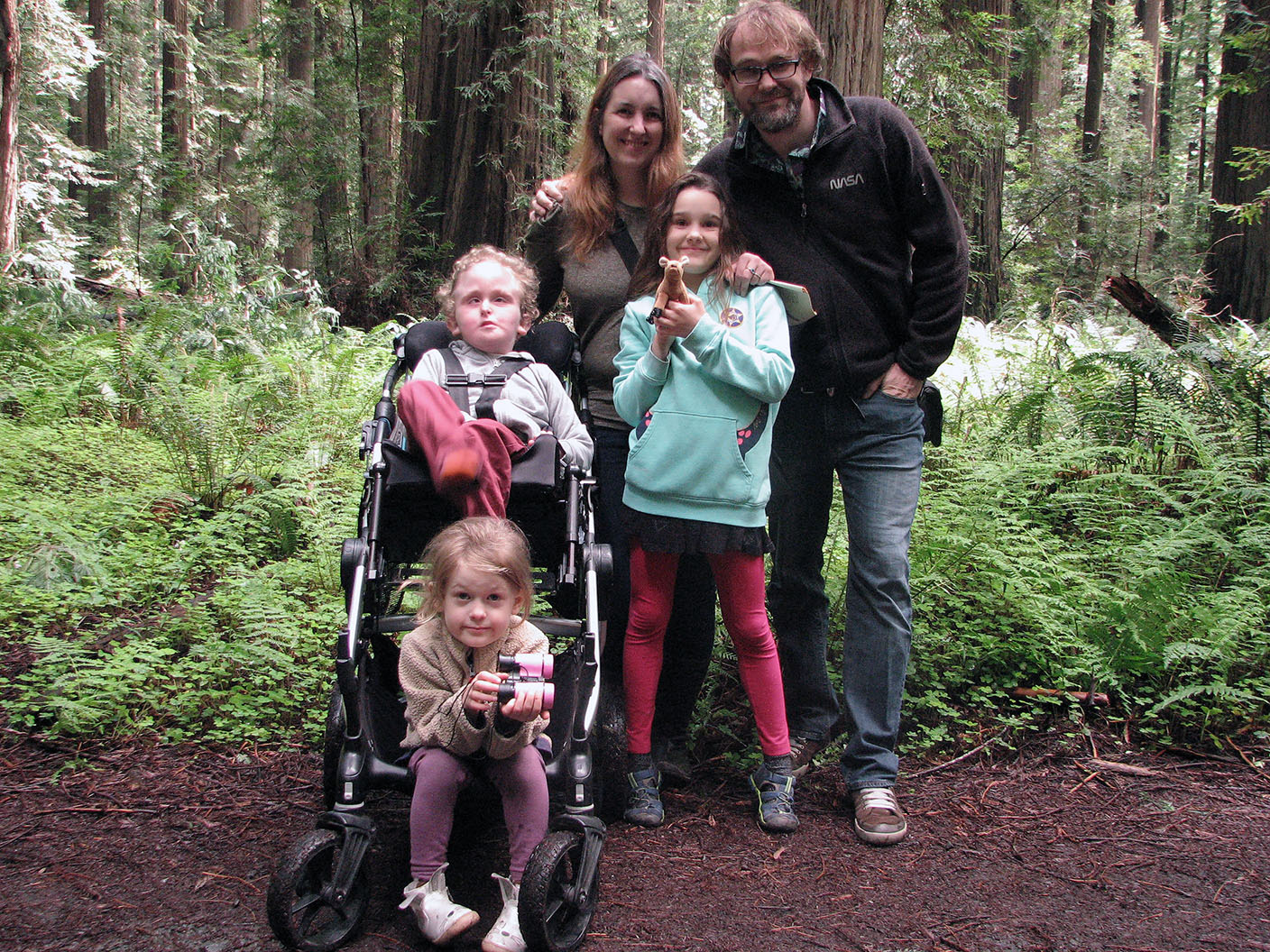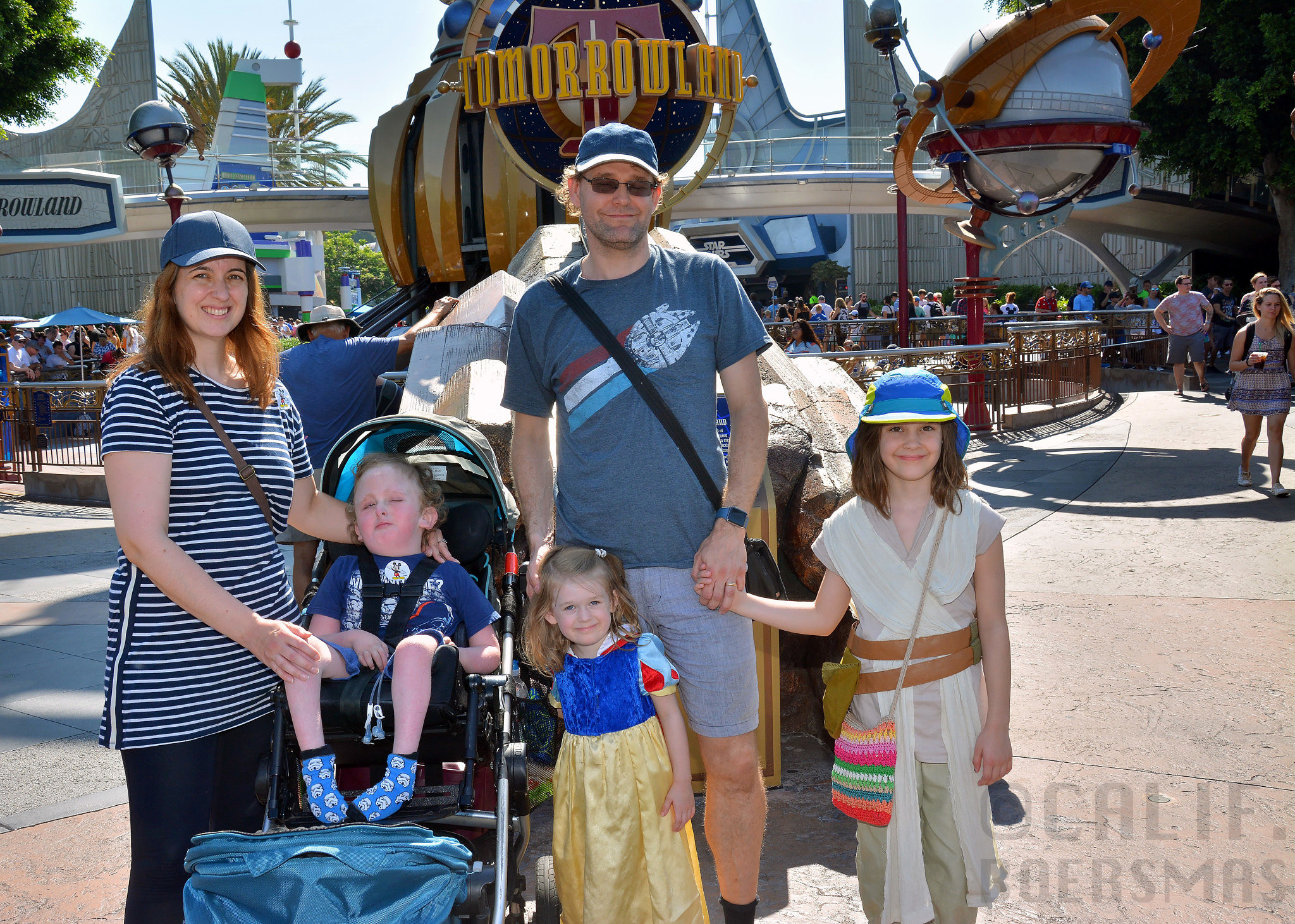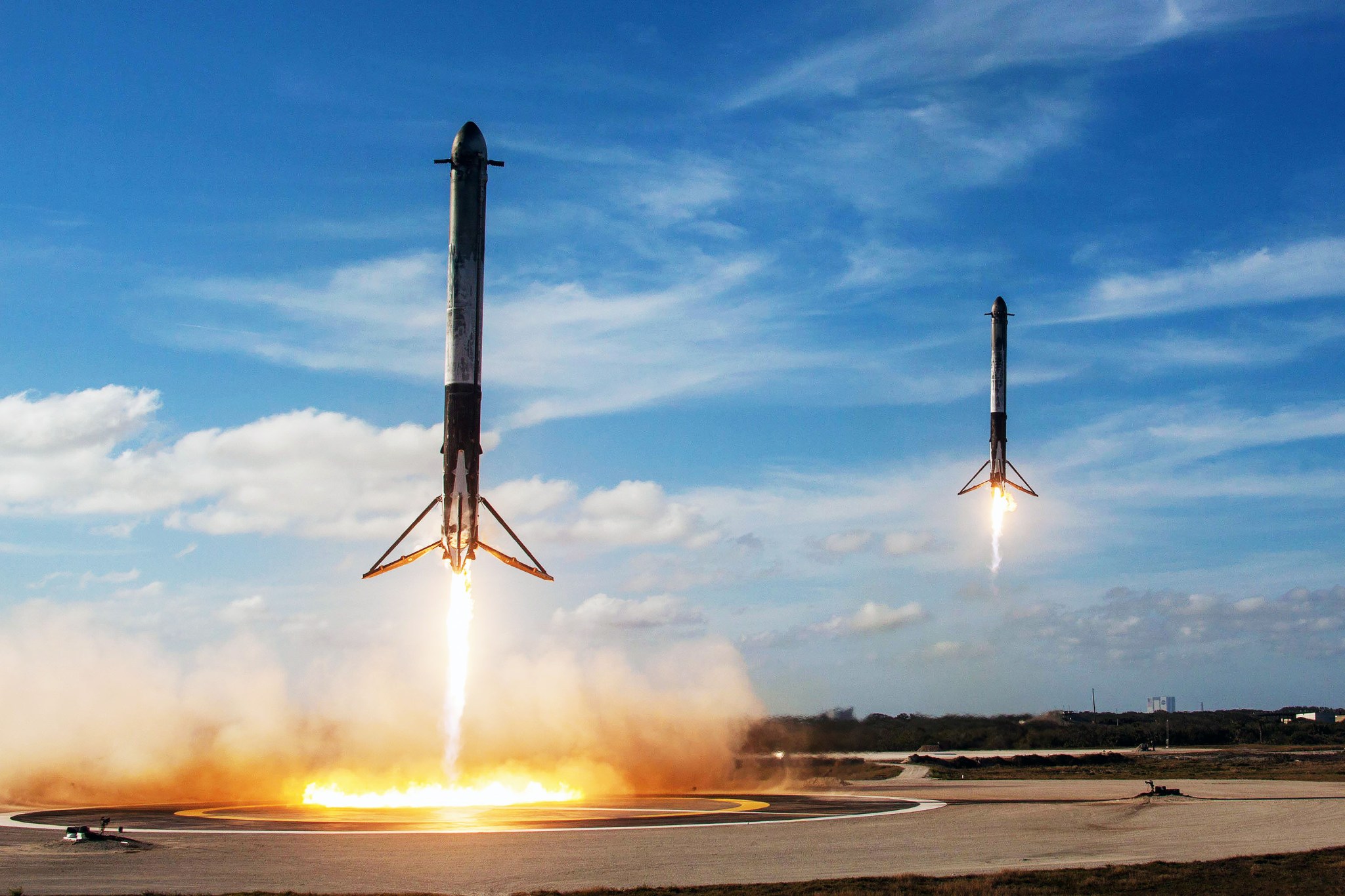We generally start with your young years, where you were born, where you grew up, early experiences, especially any that might have pointed you toward your current career in space science.
I grew up in the relatively small village of Gytsjerk (population around 3,000 at the time) in the mostly agricultural province of Fryslân (Friesland) in the north of The Netherlands. A former kingdom of its own, running up through Denmark and back again through Scandinavia, Fryslân has its own language, Frisian, which is actually closer to English than Dutch is. In fact, quite a few words are the same, for example “cheese” and “key”. As such, my first language isn’t Dutch as you might expect; it is (West) Frisian.
So, in this small village did you wear the famous Dutch klompen (wooden shoes)?
Yes, but not all the time. Where it’s soggy, wooden shoes are really good footwear, notably for farmers. (Boersma is a West Frisian occupational surname meaning “farmer’s son”).
Gytsjerk is relatively small but not necessarily isolated. It’s about six miles from “big city” Leeuwarden, with a population of around 80,000 people at the time, where I was born. Even though Gytsjerk was small, there were two schools, one (Christian) faith based, which I attended.
What did your father and or mother do for a living?
My father was headwaiter at a nearby restaurant and my mother was a nurse before she turned stay-at-home-mom. My parents separated when I was twelve and when my father got together with his second wife we totaled five boys with my brother, me and her three sons. My stepmother was a genealogist.
Anyway, while Gytsjerk wasn’t necessarily isolated, and we had that “big city” nearby, it was still pretty dark at night, with often a great view of the stars and constellations. What always philosophically spoke to me was the idea that you were seeing into the past when you were looking at the night sky.
So, do you want to make the leap then to high school? Or to college? And how you decided to focus on your major?
I guess like many in the field I had something of a nerdy, geeky, inkling from an early age, though mostly focused on engineering. I was always taking apart things, bikes of course, although I was better at taking items apart than putting them back together! For example, when I was about six, as a proper Dutch boy, I took apart my bike for “inspection”. After putting it back together, I went for a ride around town during which the pedal came off and I fell breaking my arm!
At elementary school I wasn’t a stellar pupil. The classes were small, with about 10 pupils in my grade. When it was time to move on to secondary school there was some doubt at which level I should enter. The Netherlands basically has four levels of secondary education; lower, middle, high and academic. Since two-out-of-three of my male classmates were going to go to the same school in Leeuwarden, entering at the middle level, I went there as well. I don’t know if it’s because of good teachers, “big city” mentality, or some kind of coming-of-age, but at secondary school everything changed. At the Groen van Prinsterer MAVO I flourished and graduated after four years with the highest honors and grades they had ever seen. Successively I went through the ranks and completed the high and academic levels as well. A few times I thought of turning off that path and considered studying Electrical Engineering, but after soldering every resistor wrong during a school open house event, I recalled my bike experiences as a six-year-old and quickly forced that idea aside. My parents never really pushed me in one direction or another, but always supported me and trusted I would make the right decisions.
Since the Dutch are considered to be the world’s leading experts in hydro-engineering, wouldn’t that be a natural thing to study in The Netherlands?
Obviously not every Dutch person studies hydro.
But the Dutch have been marvelously successful at it.
Well, let’s see how long we can keep (literarily) our heads above the water with the rising sea levels! We did go often to the dykes to hang out and get some fresh air, but I never really had an inclination to pursue water management, even though it is a big thing in The Netherlands. Although, I did consider going to Delft to study Aerospace Engineering.
Delft (University) I didn’t know. Leiden (University) I knew.
Leiden focuses on academics, while Delft (University of Technology) on engineering. Students from Delft participate each year in the Solar Challenge and have won quite a few times already. Also, they have developed one of the trains for the The Boring Company. Some might call it the MIT of the Netherlands.
So, I ended up studying Astronomy at the Kapteyn Astronomical Institute at the University of Groningen, which had a five-year curriculum; one extra year compared to most other studies and that was solely focused on writing an original master thesis. Astronomy heavily relied on classes provided by the Mathematics and Physics departments and it wouldn’t really be until the second year we would have proper Astronomy courses.
My year was a bit of a strange year; while usually there would only be a handful of people choosing to study astronomy, we were fourteen. This was such a big change from the norm that they had to build a bigger class room and computer lab. The Netherlands offers degrees in Astronomy at several of its universities, where each has more-or-less its own subject area. That of the Kapteyn Institute primarily evolved around Galaxies, Galaxy formation, and Cosmology. When it was time to pick a subject for my third year’s bachelor thesis, I decided to be different and seek a project with Prof. Dr. Xander Tielens, who’s area of research focused on the interstellar medium (ISM) instead. Prof. Tielens had a reputation of being a renowned scientists, but also of being tough. As such, he told me to come back when I was looking for a masters project and instead, for my bachelor thesis, set me up with Dr. Frank Helmich and Dr. Russell Shipman.
Dr. Helmich and Dr. Russel were associated with the Stichting Ruimte Onderzoek Nederland (SRON – the Netherlands Institute for Space Research), which was located on the first floor of our building. SRON built, among other things, the Short Wavelength Spectrometer (SWS) instrument onboard the Infrared Space Observatory (ISO) and the band 9 heterodyne receivers for ALMA (Atacama Large Millimeter/submillimeter Array) in Chile. The subject of my bachelor’s thesis was to utilize the CSDUST3 radiative transfer program to determine the temperature and density structure of the bright mid-infrared source W3 IRS5. After successfully completing my bachelors thesis I went back to Prof. Tielens to ask for a masters project. This time he accepted and I got introduced to polycyclic aromatic hydrocarbons (PAHs), which till this day occupy much of my research. The subject of my masters thesis was the UIR bands in the ISO-SWS spectrum of the carbon star TU Tauri, which, joined by Dr. Sacha Hony from the European Space Agency (ESA) resulted in my first publication in Astronomy & Astrophysics and provided first evidence of PAH formation in the circumstellar envelope of a carbon-rich AGB star.
Besides studying astronomy, I took evening classes in Philosophy, Engineering Physics, and General Relativity, ran student council meetings, was student representative for the Department of Astronomy in Faculty affairs, held the position of treasurer for the Bèta Student Federation (Bètastuf); an organization founded and governed by the students of the Faculty of Mathematics and Natural Sciences, and did web development for the Faculty to put the curriculum online. The latter proved to be very useful later on. Currently I’m treasurer for the Laboratory Astrophysics Division (LAD) of the American Astronomical Society (AAS).
For my PhD, I decided to stick with Prof. Tielens, joined by Prof. Dr. Rens Waters from the Anton Pannekoek Institute for Astronomy, University of Amsterdam. My PhD thesis was set to focus on circumstellar disks around Herbig Ae/Be stars and make a connection between PAHs and silicates using fresh data coming in from NASA’s Spitzer Space Telescope. For this, I would spend about a day each week in Amsterdam, some 3 hours by train from Groningen. However, before even getting really started I was sent to the James Clerk Maxwell Telescope (JCMT) on Mauna Kea in Hawaii to take observations for the Gould Belt Survey. Obviously, I wasn’t complaining and certainly not when I was able to stay for a whole month to participate in the Protostars and Planets V meeting held on the other side of the Big Island. Well into the project, I had the good fortune to do an observing run at the Very Large Telescope (VLT) in the Atacama Desert, Chile. Those data made it into a chapter for my thesis and a paper.
Obviously, I was getting around, however my PhD project suffered two snarls. First, it took much longer for Spitzer data to become available and have it properly reduced. Second, Prof. Tielens accepted the position of Project Scientist for SOFIA. As such, I was called into his office one day and given three options. The first was to simply abandon my PhD. The second was to relocate to Amsterdam, rescope the project and have Prof. Waters as my sole advisor. Third and last, continue as is and come to NASA Ames 1-2 times a year for three-month stints and keep working with Prof. Tielens. It was the third option I chose and so I found myself one Autumn day at Ames, staying for three months and living/sleeping in Building 19; the NASA Exchange Lodge. This was the first of a number of extended visits, which would eventually have me leave The Netherlands, meet my wife and change my life forever.
While moving to Ames kept me close(r) to Xander, it did not alleviate the fact that my project had no data. Therefore, some redirection was in order. Aware of my web development expertise, Xander brought me in contact with Dr. Lou Allamandola, who I obviously had heard of through my work on PAHs. Dr. Allamandola had the ambition to collate the laboratory measured and density-functional-computed PAH spectra collected at Ames over the years and make them available online. This turned into what we now know as the NASA Ames PAH IR Spectroscopic Database (PAHdb). I started closely working with Dr. Allamandola on several projects, including PAHdb. The latter still occupies a significant amount of my research.
Dr. Allamandola traveled several times to the University of Leiden in the Netherlands, to work with Prof. Dr. Harold Linnartz’s group, where I would meet up with him. Leiden is about 3 hours by train from Groningen and I would stay a few days at a time. Dr. Allamandola had lived in The Netherlands for eight years working at the Leiden Observatory with Prof. Dr. Jerome Mayo Greenberg. We went on several bike rides through the surrounding country side and on many occasions he made me feel like a stranger in my own country as he was far more knowledgeable about its history than me.
After finishing my thesis and successfully defending it I started as a NASA Postdoctoral Program (NPP) fellow with Dr. Allamandola, continuing the work of developing the PAHdb and applying its data and tools to analyze and interpret astronomical observations. Not much later I married Claire who was a NPP fellow at Ames when I was finishing up my PhD.
Can you explain for the layman the importance of PAH data? Why we’re paying to have it collected and analyzed?
As with most things, there are different aspects to the importance of PAH data. First, there are these spectral signatures from space and we want to simply know what causes them. Now, because of PAH data, we know they arise from PAH and PAH-related species. Second, we want to use the PAH spectral signature as a tool to learn something about the astrophysical environment. To do so, we match the observations with the PAH data and look at the types of PAHs that contribute. The types of PAHs that match help us understand the physical environment and tells us something about the formation and evolution of stars and planets.
The astronomical PAH signature is complex and because PAHs are a class of molecules, the PAH data used needs to be a good representation of that class; one that captures all its diversity. To that end, many laboratory experiments and theoretical computations have been performed at Ames. These efforts fit right into NASA’s mission, as astronomers can now access these PAH data through PAHdb and, together with the provided tools, are able to analyze and interpret their observations. With the launch of the James Webb Space Telescope (JWST) this will become extremely relevant as many JWST observations will contain the PAH signature. NASA has recognized this and supports PAHdb through a Directed Work Package titled “Laboratory Astrophysics – The NASA Ames PAH IR Spectroscopic Database”.
Can you tie that into the search for life? How this relates to what the public is getting in return for spending its money on what is a rather esoteric area of science?
Many of the molecules involved in biochemistry contain PAH-like groups. The so-called PAH world hypothesis even goes as far as proposing that PAHs, assumed to be abundant on the early Earth, played a major role in the origin of life by mediating the synthesis of RNA molecules, which is essential in coding, decoding, regulation and expression of genes. The Astrophysics & Astrochemistry Laboratory has a long history in making organic compounds from simple mixtures that include small PAHs.
What is a typical day like for you? And what do you like best and least about your job?
On a typical school day we start around 7 to get the kids ready for school. Currently each of our three children go to a different school, so that is a bit of a trek. After drop-off I cycle to Ames. Once I get in, I set up my laptop, check for e-mails and deal with those that need to, and go over my to-do. Most days there will be some kind of meeting. Usually I take my lunch at my desk.
The best thing about this job is that you start from an idea and can see it all coming into fruition. That is, you can write a proposal, get funded, do observations/lab work/etc., analyze the data, and publish it. You’re involved from the start-to-finish.
So those are things you really like. Is there anything that you don’t like so much?
Sometimes there is some frustration with the amount of paperwork you have to go through to get something done, but it’s a balance. You need to take the good with the bad and have a glass half full attitude.
What advice would you give to an aspiring young person who would like to have a career like you have?
I feel somewhat torn about that. When I grew up my dad had a job that he could easily take somewhere else. In many ways, when you get to the point where I am, it becomes harder-and-harder to take your job somewhere else. There are not a lot of opportunities, we work hard with long hours, have a lot of responsibilities, don’t make that much money—especially for this area. So from a practical standpoint, what would I tell my kids: get a proper job where you can support your future; become a banker! On the other hand, I love what I do and I have always been able to choose my own path and things turned out OK. So, I’d say do something you love.
What do you do for fun?
Perhaps sounding cheesy, hanging out with my family. I like to cook. I like reading too, but these days it’s more often an audio book. My hobbies are pretty geeky; I can get obsessed with programming, tinkering and figuring things out behind a computer. I like most things Apple. I used to do Jiu-Jitsu but I haven’t been able to pick that up again.
What accomplishment are you most proud of that’s not space or work related?
Cheesy again, but my family. Claire and I have three children, two girls and one boy. The boy sits in the middle. Their names are, in order of age, Lucie Anna Matilda, Benjamin Christopher, and Alice Faith Amelia. We are a special needs family. Our son was born with severe medical issues. Despite the occasional scare, he is doing OK. He just turned seven and goes to school. Ben keeps us grounded and teaches us and his sisters patience and compassion. While we are often limited in what we can do as a family, we do try to make the best of things. We recently had a new addition to the family, a hamster, which everybody is very excited about.
Have you ever thought of what your “dream” job would be if you didn’t have this job?
Growing up, people tend to ask you what you want to do, but I never really had one thing. At the end of my PhD, my advisor (Xander) figured it out: It’s not so much what I do, but how I can do it. Which I think comes back to what I love about this job: being able to see something through from A to Z. Of course, there has always been the draw of the NASA meatball and that was what in part made me choose that third option that time.
And that might lead to the next question which has to do with who or what inspires you. You just mentioned the NASA logo, for one.
Not a single person inspires me all the time, but it rather changes with what I’m exposed to and how I feel. At the moment I get inspired by Gordon Ramsey. He is a great chef and has a no-nonsense attitude. He is not necessarily someone I would want to emulate, but his perseverance and his journey speak to me.
Do you have a favorite space image or quote that you’d like to share?
My dad is quite an accomplished amateur nature photographer—he would not say that necessarily about himself though—and has exposed me to many amazing imagery. He taught me that it is not so much about the image itself but rather about the story behind it. A picture can be beautiful because of its composition, but a picture can also be beautiful because of the story behind it. An inspiring picture of a landscape or animal, Earth rise from the Moon, the pale blue dot, or the recent direct imaging of a black hole, they all invoke a certain feeling of awe because of the story behind them. One of the more recent images that invoked such a feeling is SpaceX’s Falcon Heavy boosters landing side-by-side. Finally something is happening again in the space arena and those boosters coming back like that is mind blowing.
What books are you reading these days?
I’m currently reading The Wheel of Time books by Robert Jordan in their audio book form. They’re narrated by the couple Kate Reading and Michael Kramer, who give the story an extra dimension through their use of different voices. I usually read at night when the kids are asleep.
And what music is on your current playlist?
When I get to choose, it is often Dire Straits.
How about a favorite quote?
I don’t necessarily have one all-time favorite quote, but one that currently speaks to me is one from Robert Jordan’s Wheel of Time, albeit somewhat dramatic:
“The Wheel of Time turns, and Ages come and pass, leaving memories that become legend. Legend fades to myth, and even myth is long forgotten when the Age that gave it birth comes again.”
Extend this with the first part of the J.R.R. Tolkien quote from Lord of the Rings:
“And some things that should not have been forgotten were lost.”
and I think you end up with something that could be considered very relevant today.
Thank you, this has been enjoyable.
Interview conducted by Fred and Sara on August 6th 2019




























